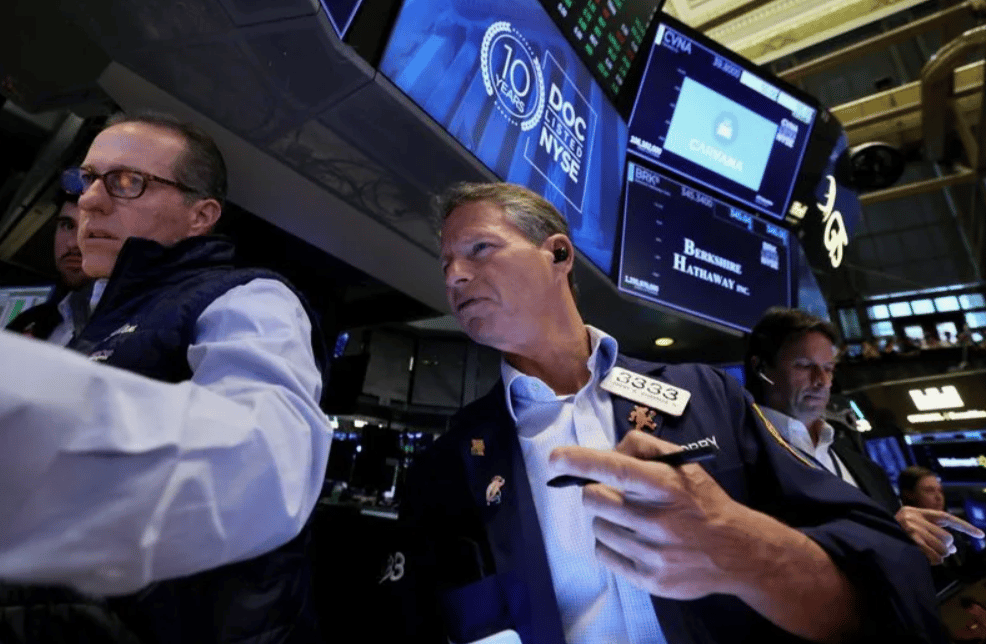S&P 500 Closes Higher Despite Trump’s Tariff Hike on Steel and Aluminum
The S&P 500 Index $^SPX ended Monday’s session in positive territory as investors maintained a cautiously optimistic outlook on U.S. trade negotiations, even in the face of escalating protectionist measures. The uptick came shortly after U.S. President Donald Trump announced a plan to double tariffs on imported steel and aluminum, intensifying economic pressure on key trade partners—most notably China.
Despite the mounting trade friction, market participants appeared to price in expectations of continued diplomatic engagement and possible de-escalation in the medium term. The resilience of U.S. equities reflects broader confidence in corporate earnings and the global economy’s ability to absorb shocks from rising tariffs.
Trump’s Trade Policy Escalation and Its Market Ramifications
On Friday evening, President Trump stated his intent to increase import duties on steel and aluminum from 25% to 50%, effective Wednesday. The announcement came hours after he accused China of breaching the terms of an earlier trade agreement, signaling renewed friction between the world’s two largest economies.
The move raises concerns about the long-term impact of sustained tariff increases on global supply chains and input costs for U.S. manufacturers. Nevertheless, equities shrugged off the news in Monday’s session, suggesting that markets may be viewing the hike as a strategic negotiation tactic rather than a fundamental shift in U.S. trade policy.

Quick Facts
S&P 500 Index (SPX) closed higher despite geopolitical uncertainty
Trump tariff increase: Steel and aluminum duties to rise from 25% to 50%
Announcement timing: Hours after Trump accused China of trade violations
Investor sentiment remains optimistic on potential diplomatic resolutions
Manufacturing sector expected to absorb near-term input cost increases
Market Sentiment and Analyst Reactions: Tariff News Downplayed by Equity Strength
Analysts interpreted the market’s muted reaction to the tariff hike as a sign of underlying resilience in investor sentiment. While protectionist rhetoric has historically triggered volatility in equity markets, Monday’s performance suggests a more nuanced view among institutional investors, who appear to differentiate between political signaling and actionable economic disruption.
Some market strategists note that a significant portion of the steel and aluminum impacted by the tariff increase originates from countries with limited exposure to U.S. trade flows, minimizing the immediate macroeconomic shock. Additionally, expectations of Federal Reserve support in case of broader economic turbulence continue to underpin equity valuations.

Key Points
S&P 500 gained despite heightened trade policy tensions.
Trump’s tariff hike may be viewed as a negotiation tactic rather than a policy pivot.
Equity markets remain driven by strong earnings outlooks and global liquidity.
Limited near-term macro impact expected from the targeted metals tariffs.
Traders continue to monitor diplomatic channels for signs of de-escalation.
Equity Markets Look Beyond Tariff Shock as Trade Talks Continue
The S&P 500’s positive close on Monday underscores the complexity of market reactions to geopolitical headlines. While a doubling of tariffs on key industrial imports typically triggers concern, investors appear to be interpreting recent developments through a strategic rather than punitive lens. As trade discussions evolve, the sustainability of market optimism will hinge on the balance between policy risks and the underlying strength of the global economy.















Comments